Imagine coming home to a pair of icy blue eyes peeking out from a shredded pillow, fur scattered like confetti, and a wagging tail that says, “Wasn’t that fun?” That’s life with a Husky—full of surprises, wild energy, and more than a few behavioral curveballs. These gorgeous dogs are not just pets; they’re personalities with quirks that can both charm and challenge even the most devoted dog lover. If you’ve ever felt both enchanted and exasperated by your Husky, you’re not alone. Let’s dive into the most common behavioral issues Huskies bring to the table—and how you can handle them with confidence, patience, and maybe even a sense of humor.
Excessive Howling and Vocalizing
Huskies have a voice, and they aren’t shy about using it. Their iconic howls can echo down the block, startling neighbors and making you wonder if you’ve adopted a wolf. Unlike typical barking, Huskies prefer to “talk” through dramatic howls or even “sing” along with sirens. This vocal nature is deeply rooted in their genetics, as their ancestors communicated across vast snowy landscapes. To manage all that noise, it helps to give your Husky plenty of attention and interactive play. Ignoring or scolding the howls often backfires, making things worse. Instead, teach your dog the “quiet” command and reward them for calm behavior. If your Husky is howling for attention, try redirecting them with a favorite toy or a training session. Sometimes, just letting them express themselves (within reason) helps reduce the urge to vocalize excessively.
Escaping and Roaming
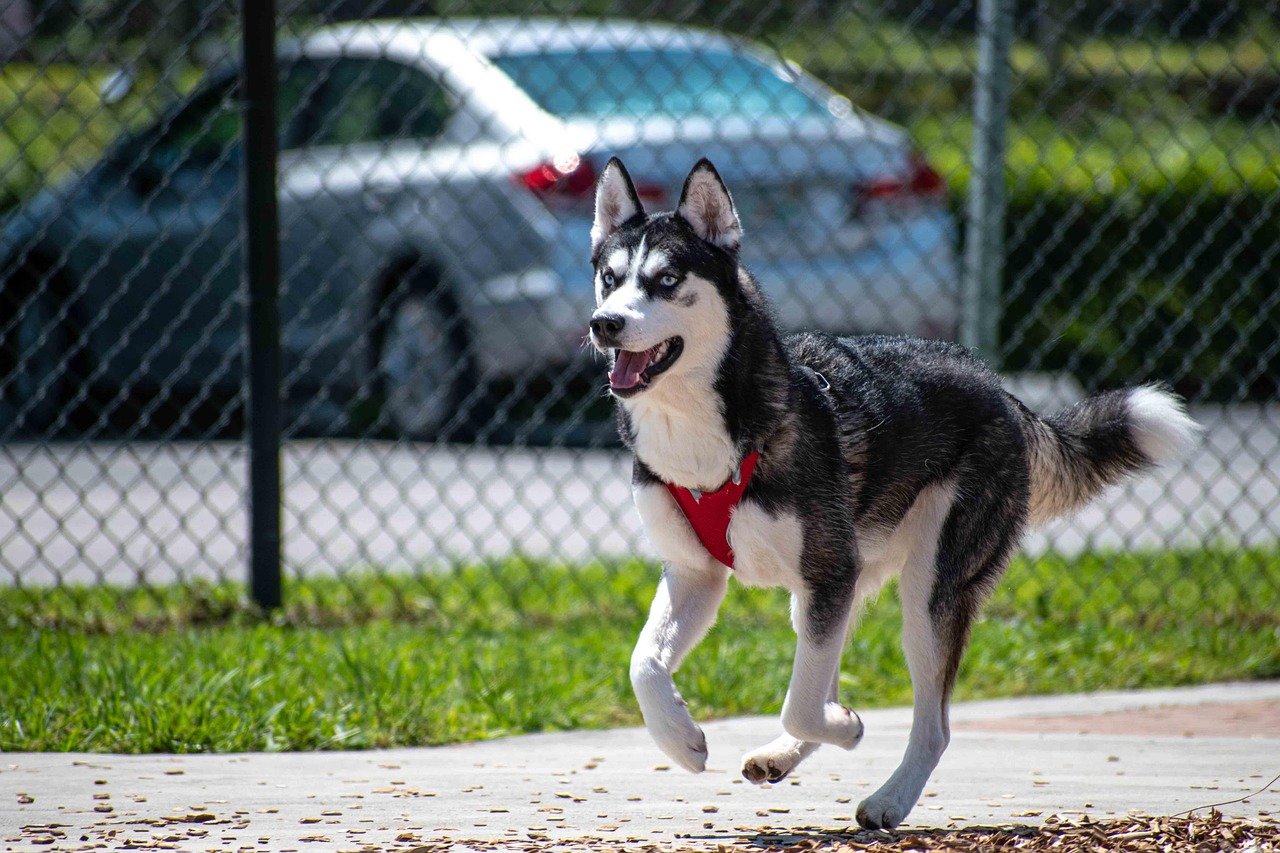
If there’s a Houdini of the dog world, it’s definitely the Husky. Many owners are shocked the first time their dog scales a six-foot fence or digs under the backyard gate. Huskies are notorious escape artists, driven by their high prey drive and insatiable curiosity. Managing this behavior starts with understanding their need for adventure. Secure fencing is a must—think tall, sturdy, and dig-proof. Some owners even install chicken wire beneath the ground to stop digging. Regular exercise and mental stimulation are also crucial. A tired Husky is much less likely to go looking for new worlds to explore. Leash walks, agility training, and puzzle toys can help satisfy their wanderlust safely.
Destructive Chewing
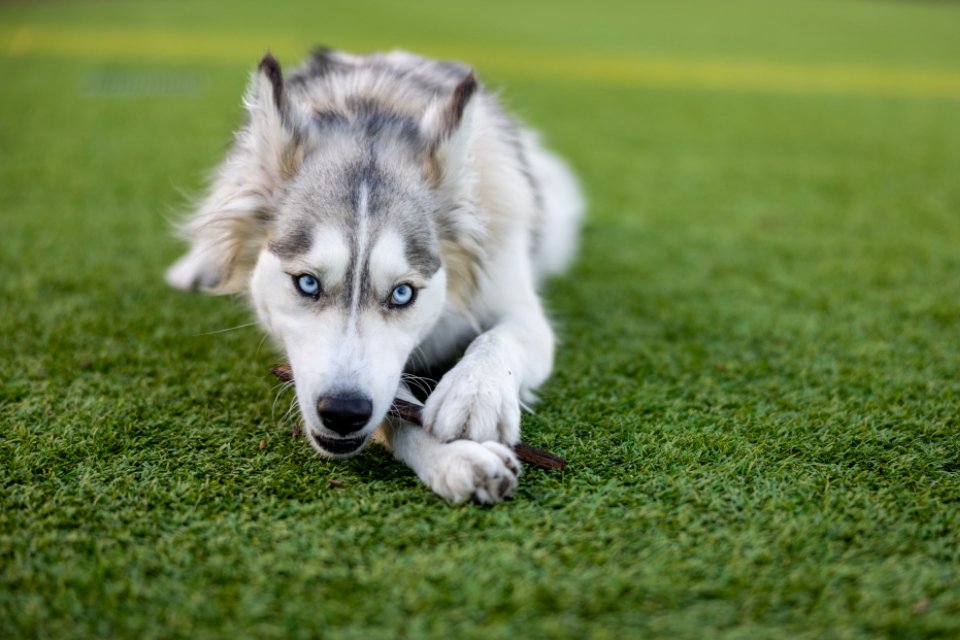
Those sharp Husky teeth can turn shoes, furniture, and remote controls into chew toys in minutes. Destructive chewing is often a sign of boredom, anxiety, or teething in younger dogs. Huskies need a job to do, or they’ll find one—usually involving your favorite belongings. To keep your possessions safe, provide plenty of tough, interesting chew toys and rotate them often to prevent boredom. Supervise your Husky when possible and use crate training for times when you can’t keep an eye on them. If chewing is anxiety-related, try longer walks, calming routines, or even doggy daycare for extra stimulation. Remember, yelling rarely helps; redirect that energy to something positive instead.
Stubbornness and Independence
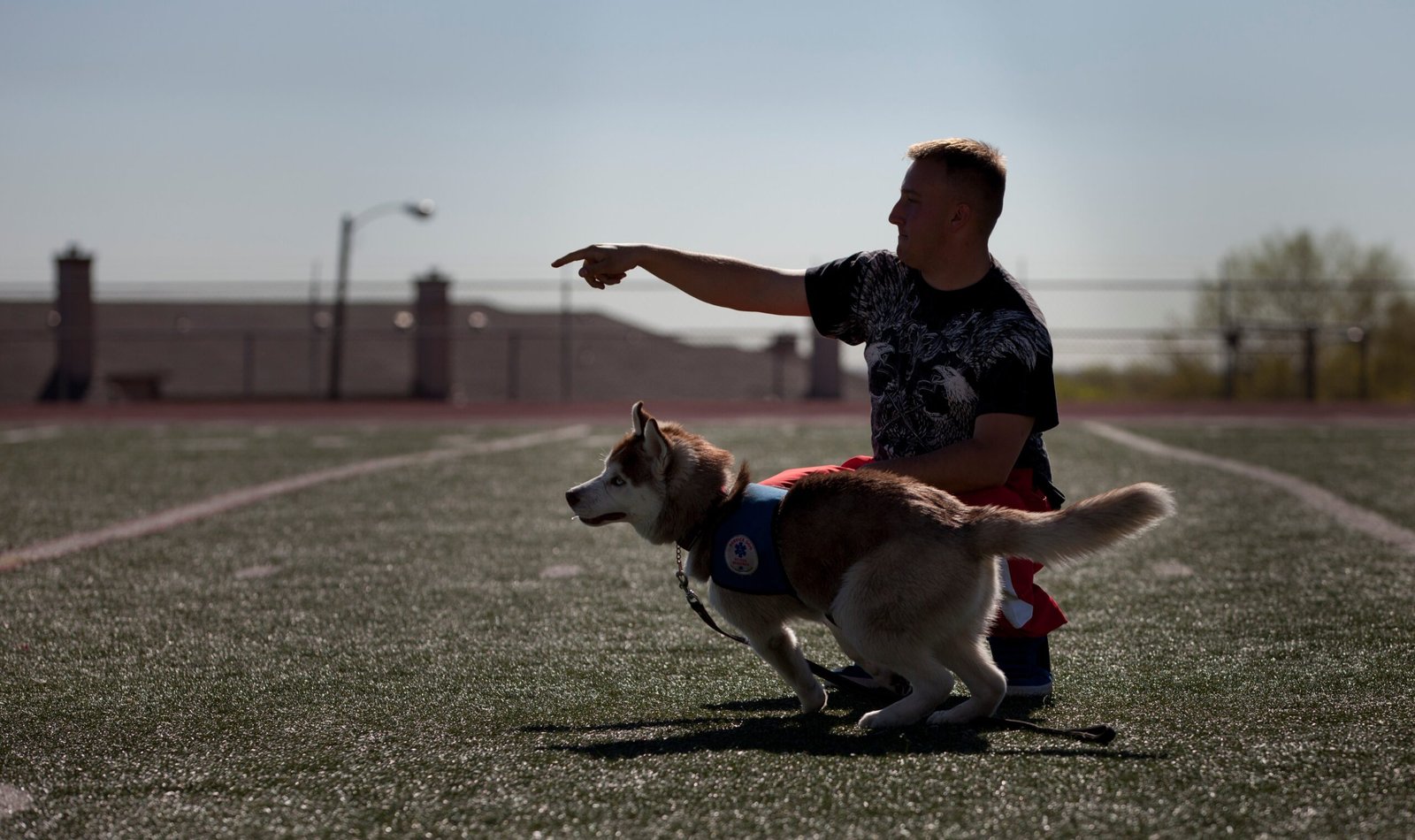
Huskies are fiercely independent, and some might say stubborn to a fault. Training sessions can feel like a battle of wills, with your Husky sometimes simply walking away or ignoring commands. This isn’t defiance for the sake of it—they genuinely like to think for themselves. To manage stubbornness, keep training sessions short, upbeat, and filled with rewards. Huskies respond best to positive reinforcement, not harsh corrections. Consistency is key; if you let them get away with something once, they’ll remember. Try making training feel like a fun game rather than a chore, and always celebrate small victories.
Digging Up the Yard
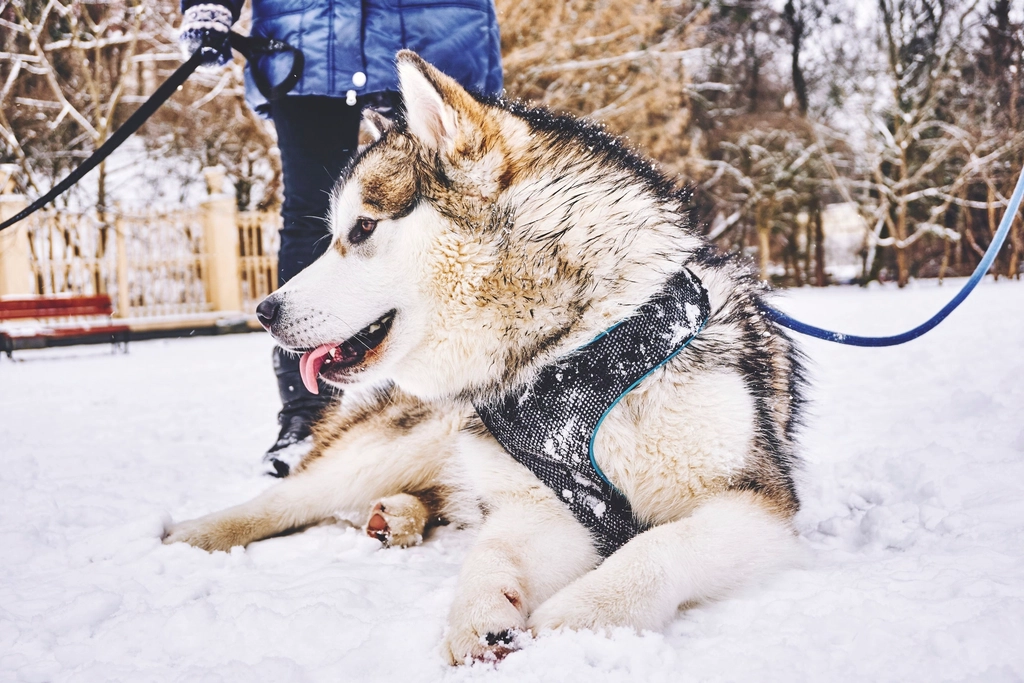
You might dream of a lush, green lawn, but your Husky often dreams of craters and tunnels. Digging is a natural instinct for Huskies, originally used to create cool spots in the snow or track small animals. If your backyard is starting to look like the surface of the moon, try providing a designated digging area, like a sandbox, and encourage your dog to use it with hidden toys or treats. Keep your Husky’s mind and body busy with daily exercise and new experiences. Filling in their holes without addressing the need behind the behavior won’t solve the problem—channel their digging energy instead.
Separation Anxiety
Few things tug at the heart like the sight of a Husky pacing, whining, or destroying things when left alone. These dogs are highly social and can develop separation anxiety if they don’t get enough interaction. Signs include howling, scratching at doors, or chewing furniture when you’re away. To help, start by leaving for short periods and gradually increasing the time. Create a safe, comforting space with favorite toys and blankets. Calming music or a shirt that smells like you can also help ease anxiety. For severe cases, consider a professional trainer or behaviorist for tailored strategies.
Prey Drive and Chasing Behavior
That squirrel in the park doesn’t stand a chance when a Husky spots it. Their prey drive is strong, a remnant of their working dog ancestry. This can make walks unpredictable and off-leash time risky. Managing prey drive starts with reliable recall training and never letting your Husky off-leash in unsecured areas. Use a long lead for extra freedom during walks and practice “leave it” and “come” commands religiously. Channel their chasing instinct with games like fetch or flirt pole play in a fenced yard. Remember, you can’t eliminate prey drive, but you can manage it with patience and consistency.
Resource Guarding
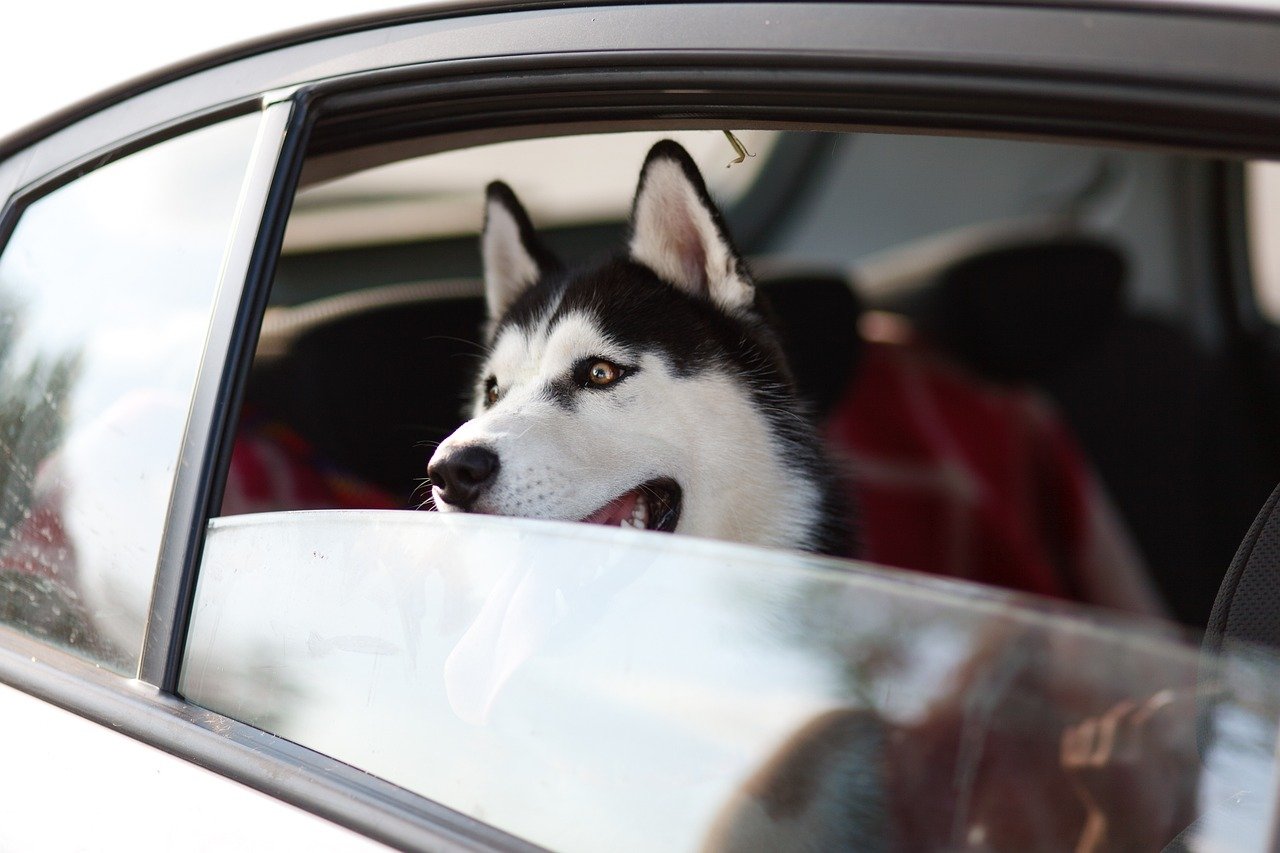
Some Huskies become possessive over food, toys, or even people, showing warning growls or snapping when approached. Resource guarding can be scary, but it’s manageable with the right approach. Start by teaching your Husky that your presence near their resources means good things—toss treats as you approach their food bowl or gently trade toys for high-value rewards. Avoid punishing guarding behavior, as it can make things worse. Instead, build trust and teach “drop it” and “leave it” cues. If the guarding is severe or leads to aggression, consult a professional for safety.
Poor Recall and Running Off
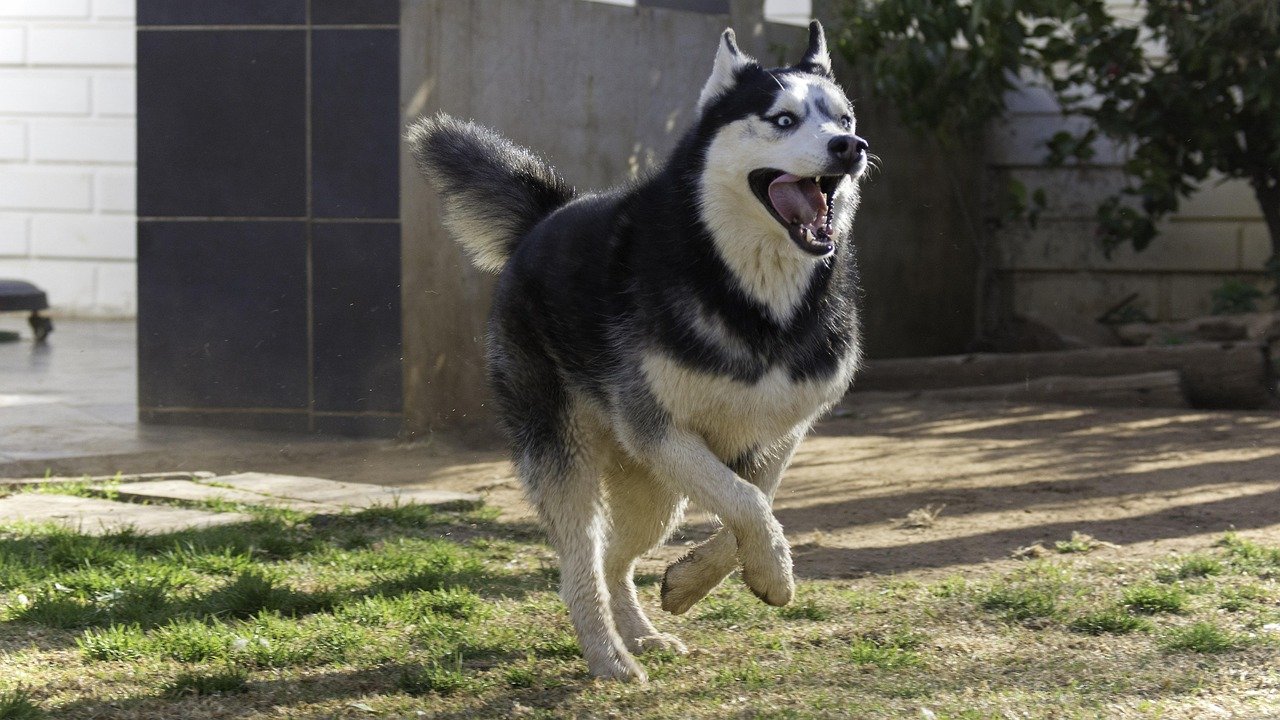
Calling a Husky at the park can sometimes feel like shouting into the wind. Their recall can be infuriatingly unreliable, especially when something interesting catches their eye. This is linked to their independence and prey drive. To improve recall, start training at home with plenty of tasty treats and gradually increase distractions. Make coming to you the best thing ever—use happy voices, play, or even a favorite toy as a reward. Never scold your Husky when they finally return, or they’ll associate coming back with negativity. Practice daily and be patient; a strong recall takes time, especially with a Husky.
Jumping Up on People
Few things are as embarrassing as your Husky enthusiastically launching themselves at guests, muddy paws and all. Jumping up is often a greeting or attention-seeking behavior. To curb it, teach your dog that sitting calmly gets them what they want—your attention. Turn away or ignore your Husky when they jump, and only reward calm, four-paws-on-the-ground greetings. Consistency from everyone in the household is crucial, as mixed signals can confuse your dog. With time and patience, your Husky will learn better manners, making visits from friends a lot less chaotic.
Huskies are stunning, spirited, and stubborn—definitely not your average couch potato pup. Their behavioral quirks, from howling to escaping, aren’t flaws—they’re just part of the Husky charm. With the right training, consistency, and a good dose of patience, you can channel that wild energy into something amazing. These dogs were built for adventure, so meet them halfway, and you’ll have a loyal, entertaining companion who keeps life anything but boring.

Andrew Alpin from India is the Brand Manager of Doggo digest. Andrew is an experienced content specialist and social media manager with a passion for writing. His forte includes health and wellness, Travel, Animals, and Nature. A nature nomad, Andrew is obsessed with mountains and loves high-altitude trekking. He has been on several Himalayan treks in India including the Everest Base Camp in Nepal.





